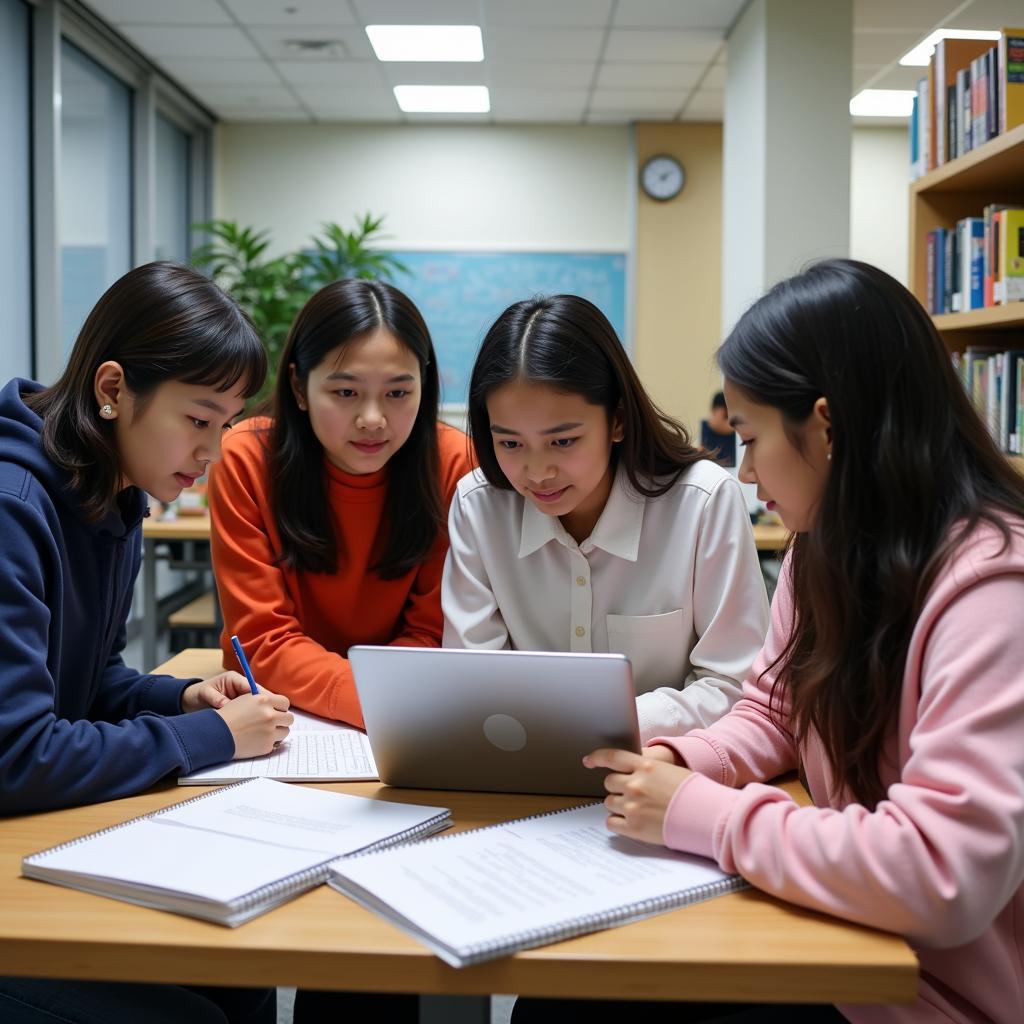The year 2020 brought unprecedented challenges to education systems globally, and ASEAN nations were no exception. Yet, amidst the disruption, Asean 2020 Education also witnessed remarkable resilience, innovation, and a reinforced commitment to regional collaboration. This article explores the key trends, initiatives, and lessons learned from ASEAN’s education sector in 2020, highlighting its ongoing journey towards a more inclusive and future-ready education landscape.
The Digital Leap: Embracing Technology in ASEAN Education
The COVID-19 pandemic accelerated the adoption of technology in ASEAN education, pushing stakeholders to embrace digital learning solutions at an unprecedented scale. While disparities in infrastructure and digital literacy remained, the crisis acted as a catalyst for bridging the digital divide.
- Virtual Classrooms and Online Platforms: Schools and universities across ASEAN rapidly transitioned to online learning platforms, utilizing video conferencing tools, learning management systems (LMS), and open educational resources (OER).
- Mobile Learning Initiatives: Recognizing the widespread accessibility of mobile devices, several ASEAN countries implemented mobile learning initiatives, delivering educational content through SMS, apps, and mobile-optimized websites.
- EdTech Innovations: The pandemic spurred innovation in the EdTech sector, with startups and established companies offering solutions for online assessment, personalized learning, and teacher training.
ASEAN Education Initiatives in 2020: Fostering Regional Cooperation
Despite the challenges, ASEAN nations demonstrated a strong commitment to regional cooperation in education, continuing to implement initiatives aimed at enhancing the quality, accessibility, and relevance of education across the region.
- ASEAN Work Plan on Education 2016-2020: The final year of this plan saw significant progress in areas such as promoting student mobility, enhancing the quality of TVET, and fostering ASEAN awareness among youth.
- SEAMEO’s Role in Crisis Response: The Southeast Asian Ministers of Education Organization (SEAMEO) played a pivotal role in coordinating regional efforts to support member countries’ education systems during the pandemic.
- Virtual Exchange Programs and Partnerships: Recognizing the importance of cross-cultural understanding, ASEAN institutions explored virtual exchange programs and collaborative research initiatives, leveraging technology to maintain internationalization efforts.
Addressing the Challenges: Equity, Quality, and the Future of Learning
While ASEAN 2020 education showcased adaptability and innovation, it also brought to light existing and emerging challenges that require ongoing attention.
- Bridging the Digital Divide: Ensuring equitable access to technology, digital literacy training, and support for underprivileged communities remains crucial for inclusive education.
- Ensuring Quality in Online Learning: Maintaining educational quality in online and blended learning environments, focusing on pedagogical approaches, assessment methods, and teacher professional development, is paramount.
- Preparing for the Future of Work: Equipping learners with 21st-century skills, such as critical thinking, problem-solving, digital literacy, and adaptability, is essential for employability and lifelong learning.
 Students collaborating on a project in ASEAN
Students collaborating on a project in ASEAN
ASEAN 2020 Education: A Foundation for a Resilient Future
ASEAN’s response to the educational challenges of 2020 highlighted the region’s commitment to innovation, collaboration, and its people. While challenges remain, the experiences and lessons learned have laid a foundation for building more resilient, inclusive, and future-ready education systems across ASEAN. As we move forward, continued investment in technology, teacher development, and regional partnerships will be essential for ensuring quality education for all learners in the ASEAN community.
FAQs:
1. What were the major challenges faced by ASEAN education in 2020?
The COVID-19 pandemic posed significant challenges, including the sudden shift to online learning, disparities in digital access, and ensuring educational quality in remote settings.
2. How did ASEAN countries respond to these challenges?
ASEAN nations demonstrated resilience by embracing technology, implementing mobile learning initiatives, fostering regional cooperation, and prioritizing teacher training.
3. What are the key takeaways for the future of ASEAN education?
The importance of digital literacy, equitable access to technology, quality assurance in online learning, and equipping students with 21st-century skills are crucial for the future.
4. What role can regional cooperation play in strengthening ASEAN education?
Continued collaboration through initiatives like the SEAMEO and joint research projects can facilitate knowledge sharing, resource mobilization, and harmonization of educational standards.
5. How can we ensure inclusive and equitable education in ASEAN?
Addressing the digital divide, providing targeted support for disadvantaged communities, and promoting inclusive teaching practices are essential for equitable education.
For further insights, explore these related articles:
Need assistance? Contact us at Phone Number: 0369020373, Email: aseanmediadirectory@gmail.com or visit us at Thôn Ngọc Liễn, Hiệp Hòa, Bắc Giang, Việt Nam. Our customer support team is available 24/7.